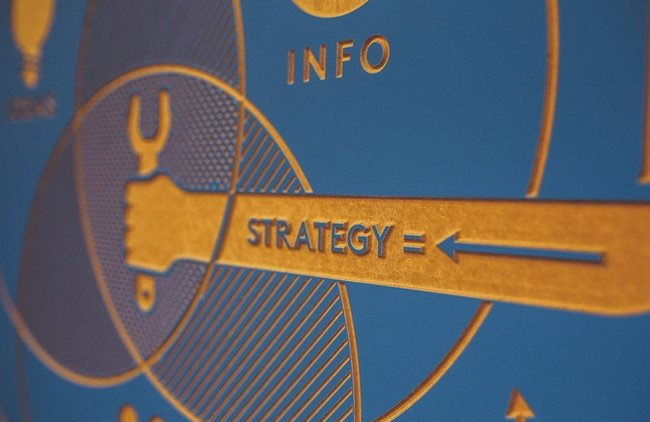Omnichannel - Chasing the marketing Holy Grail

There are a few brands who have mastered cross-marketing and are now starting to look at omnichannel engagement. As often as the word ‘omnichannel’ is bandied about, there are not many brands – if truly any – that have reached this stage in the evolution of their digital marketing platforms and strategies.
Let’s start by considering what each of these terms mean
Cross-channel marketing is straightforward – it simply means continuing engagement with a customer or prospect in a different channel to the one in which the brand first encountered them. For example, an e-commerce store can send a remarketing email to a registered user on its website who searched for a television model, but then did not purchase it.
Most companies are already doing some cross-channel marketing across channel pairs such as search and display, email and social, or email and the web. Some have graduated to the next level, which is multichannel marketing, which involves following the customer journey across more than two channels.
For example, an end-user might research banking account options via Google, click on a display ad on a social platform, convert on the bank’s website, and then receive retention and cross-selling messages via email. In this example, the customer journey follows a linear path from awareness to consideration to conversion and retention.
Omnichannel – complex, non-linear engagements
What sets omnichannel marketing apart is that it is not built on the assumption of a linear customer journey from one channel to the next, as the person moves closer to conversion. Instead, it allows for any channel – search, social, display, email, mobile apps and more – to play a role in engaging with the customer at any stage of the customer journey.
At each touchpoint, users receive a marketing message tailored to their stage in the customer life journey, and potentially personalised according to any behavioural insights or demographic data the brand has about them. In theory, this is extremely powerful; in practice, it’s fiendishly complex, both in terms of capabilities and infrastructure integration required to achieve.
The first challenge is to access the up-to-the- second data across a range of first-party and third-party platforms the brand needs to recognise a user and understand where they are in the customer journey. The second is to tailor the messaging and content to ensure it is relevant to users and their stage in their journey. Addressing these challenges demands significant investment in people, process and technology.
The brand needs an architecture that enables it to orchestrate collection and management of data across multiple platforms in real time. It needs tools that enable it to use this data to trigger ‘next best actions’ when a customer engages with it within a channel or platform. It also needs solutions that enable it to identify customers across all channels, so that it can tailor its messages to their needs.
Then, there’s the cost and complexity of customising and activating messages and assets for each channel, customer segmentation profile, and stage of the customer journey.
These variables could add up to thousands of pieces of content or content segments, depending on the level of personalisation a brand wishes to offer. While there are tools that automate the process of creating, managing, delivering, repurposing, and optimising content across channels for different customer profiles and preferences, using them effectively takes a great deal of upfront thought and effort. Many components of these tools are only just beginning to mature – for example, artificial intelligence and machine learning.
Even as the marketing solutions become smarter and better at delivering the most relevant experience for each customer in meaningful, memorable ways; skills, data quality and organisational issues remain as daunting as the technical challenges. To make the transition towards omnichannel platforms and strategies that allow for personalised marketing at scale, marketers need to focus on getting the right people and processes in place.
They should also take a hard look at how digital marketing investments – including technology and people – affect marketing costs and return on investment. The complexity means that the journey towards omnichannel marketing will take time – the key is to understand the requirements and to start building the capabilities, so they are positioned to deliver personalised marketing at scale in the years to come.


























